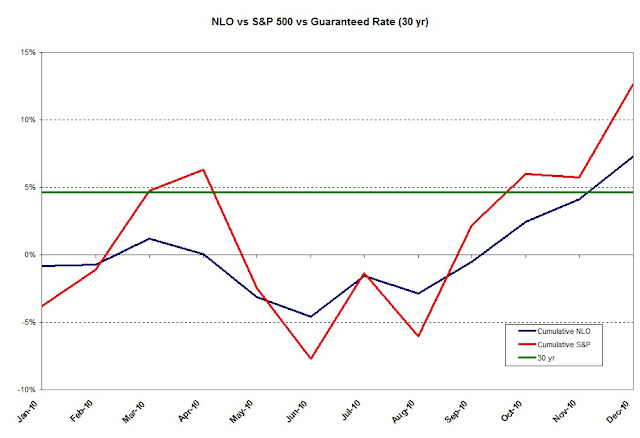On January 12, 2009, we made a recommendation of Bank of Hawaii (BOH). In that article (found here), we said the following:
"This would be the ideal buying point, however we must be ready to pull the trigger anywhere between $30.70 and $20.87."
The actual low for the stock was $25.70 on March 9, 2009. While technical analysis was dismissed at the time, there were and currently are some factors that we feel are important to review regarding Bank of Hawaii.
As pointed out in the 2009 article, BOH was a buy when the price declines in the face of above average trading volume (found here).
Currently, BOH has below average trading volume. This does not suggest that the stock cannot increase in value. However, each time volume was exceptionally high (1990, 2000, 2009, 2011), as the stock declined, the valuation figures were in favor of the investor buying BOH.
In addition, our Jan. 2009 article said the following:
“…BOH would trade at $56.84 if it were to revert to the mean based on 2008 earnings of $4.06 (The Bank of Hawaii has estimated fourth quarter 2008 earnings of $0.89).”
After recently closing as high as $56.81 on August 1, 2013 with a possible double top in place, a decline below $54.70 could indicated the trend is down for the intermediate term. With the upside target having been met, we’d wait to see if a meaningful decline ensue before accumulating additional shares of Bank of Hawaii.






